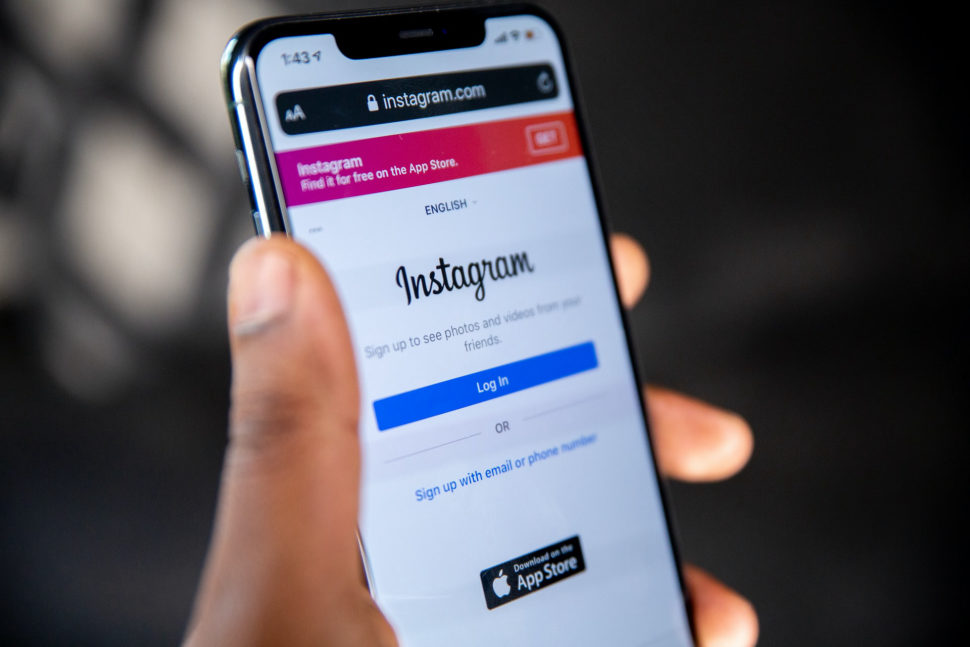There are tons of reasons why you should be using Instagram as a marketer. First, let’s consider a short introduction.
Instagram has been around for exactly a decade, and the platform has come a long way since then.
In 2019, the percentage of adults in the United States that use Instagram rose from 35 percent to 37 percent. What’s more, the photo-sharing app currently has around 1 billion monthly active users.
Expectedly, the number places Instagram on the radar of every marketer.
As essential as the number of active social platform users might be, a marketer must consider other factors. Besides its strong user base, there are tons of different reasons why Instagram is an ideal platform for marketers.
In this article, we give you 4 of these reasons why you should be using the photo-sharing app.
Four Reasons Why You Should Be Using Instagram as a Marketer

1. Stories Archive
Every marketer understands the importance of having a store of content. It’s essential to have an arsenal of media and content we can quickly dip into when creating new content.
That’s where Instagram’s stories archive comes in.
It automatically archives all your Instagram stories privately after they expire. You can easily reshare content from your archive to your timeline, as part of a new story and a highlight.
2. Linkable Instagram Stories
Instagram Stories provide an excellent way to engage with followers and create a new lead.
Unlike the feed posts, marketers have the option of adding links to their Stories. However, the business page must have more than 10,000 followers to take advantage of this feature.
Here’s how to add links to the Instagram Stories.
- Take a photo or upload an image into Story.
- Tap the link icon in the Story editor.
- Tap +URL.
- Input the URL of the website you want to link to.
- Tap Done on the upper right corner of the screen.
With over 200 million Instagram users visiting at least one business profile daily, adding a link doesn’t seem like a bad idea. In fact, it makes sense to use Instagram as a marketer to drive sales and conversions.
3. Use Instagram Analytics as a Marketer
Data tells us a lot. It’s only with quantifiable data that we can determine whether our marketing efforts produce desired results.
Thus, it’s vital to have a way to measure results on the social media platforms we use. Analytics should tell us more than how many people saw our post.
Instagram’s analytics tool, Instagram Insights, provides you with a wide array of useful data about your posts and audience. These include impressions, engagement metrics, growth rate, to name a few.
To access the Instagram Insight, tap the bar graph icon in the upper-right corner of the screen.
With that said, you need a business account to use Instagram Insight. So if you’re using a personal account, you may need to convert it to a business account to get started.
4. Better Advertising Tools
Conventional advertising’s apparent organic reach is continually declining across all social media platforms.
As a result, paid marketing has become a crucial part of every marketer’s arsenal. At the same time, the right advertising tools are essential to run a very effective paid campaign.
Thanks to Instagram’s parent company Facebook, the photo-sharing app has an advanced advertising tool for marketers. Some of these include:
- Canva: For creating perfect Instagram Stories.
- Social Rank: For identifying and analyzing your audience.
- Buffer: A scheduling tool that helps you publish content
- Mention: A social media monitoring tool that tracks brand mentions.
When combined with Instagram Insights, marketers can easily measure the impact of their paid campaigns.
Final Word: Using Instagram as Marketer
Instagram is the image sharing the go-to place for over one billion monthly active users. What’s more, over 130 million users engage with shopping posts every month.
That’s what makes this photo-sharing app useful.
To start using Instagram as a marketer, you must first switch to an Instagram — if you haven’t already. That way, you’ll have access to tons of free tools as well as insights.
Next, leverage these tools to understand your audience demographics such as age and top locations, to name a few. Access to this information will tell you more about how to develop your content.
Remember to monitor your follower growth, engagement rate, URL click-through rate.



















Comments (0)
Most Recent